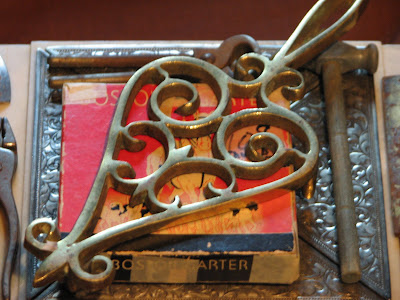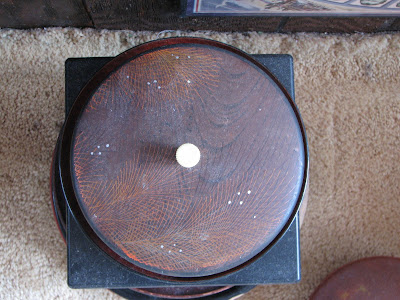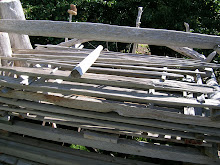
T teaches me to choose a lighter more humorous opening way to regard what happens and that we can find our way through this window repeatedly.
A friend has note cards in his car with the list of things he likes to do. He uses them to find new jobs. We too could travel around with a collection of note cards reminding us of little truths we know that help us remain playful. Imagine how wonderfully torn and tattered the cards could become with wear. It reminds me of some old decks of cards, which with age evoke hours of use.
We can make a reminder deck out of old cards, even a deck missing a few cards. We could trade them with friends, and even give them to strangers we meet to remind them to play. It only takes an old deck and a marker…
Playmate Exercise #4: Deck of Play Cards
Take a deck of cards and divide them by suit, if two people play, use one suit to write playful activities and one for preferably avoided activities. Each person shuffles cards. One at a time compare cards, decide whose card represents a higher value. Some may match, leave them for a while on the table. After going through the entire deck revisit these left pairs. If a decision can’t be reached take back the valued card. Arrange the cards by like and dislike, I'm not sure who wins, decide who. While playing notice what other activities come to mind. Rewrite cards, if so inspired. Change them to be more accurate. Cross out and rewrite them. A dislike card can even appear in someone else’s like collection.
Let details remain inconsequential. Mix the cards all together. Arrange an ideal play date for two, using the cards as a resource. We’ll know what makes the event valuable and we can introduce aspects from each person’s cards. Once we play this with two, add a third or fourth. Plumb each others' story for the play essence because that makes playing most fun all around. Encourage wonder at the similarities and differences. We may notice when the differences offer a different truth.
My cards say: make things, laugh together, walk at a comfortable pace, tell stories, sing freely, hug warmly, eat simple yummy meals, sleep late, take care of certain basic details in different ways than usual, call attention to details of the environment seen anew, experience places of stunning beauty, experience someone’s generosity, help someone organize their personal space.
The cards start in one order and then move to form new arrangements. They generate a recipe where we add different things to create an experience. Each experience connects and balances with a new situation; holding an observing awareness of details, we make the present even more engaging.

D teaches me that everything we have mastered in the past can be revisited and savored and used in a new fashion.












































